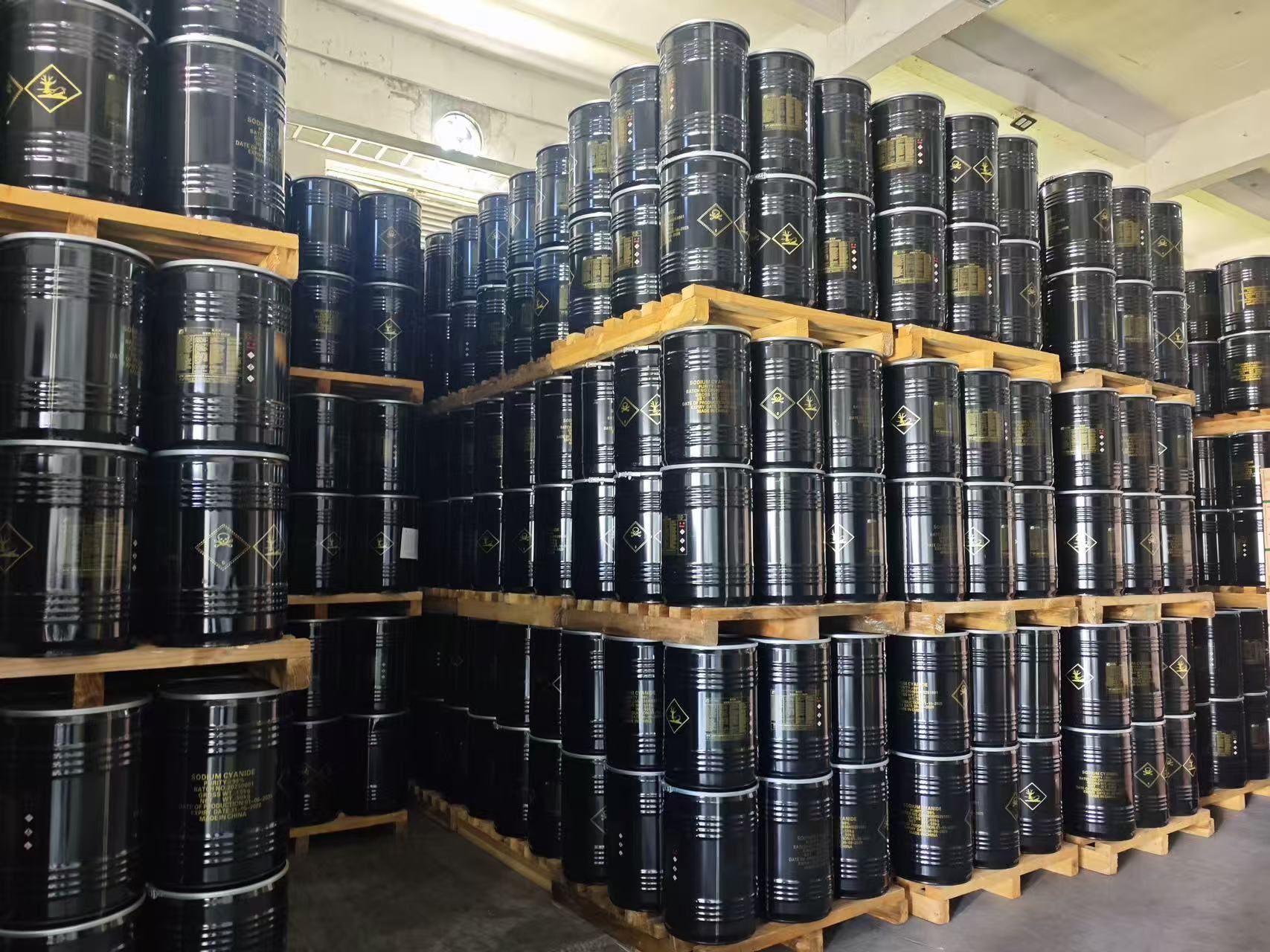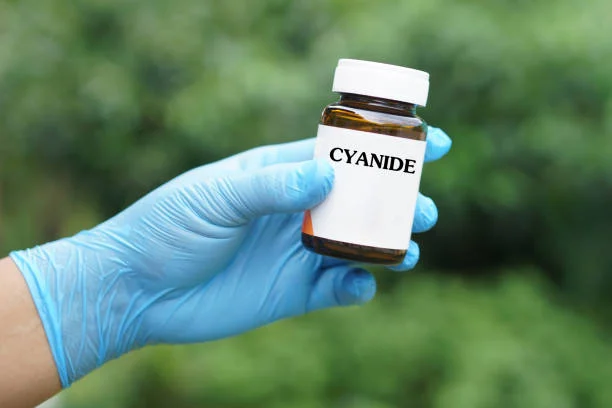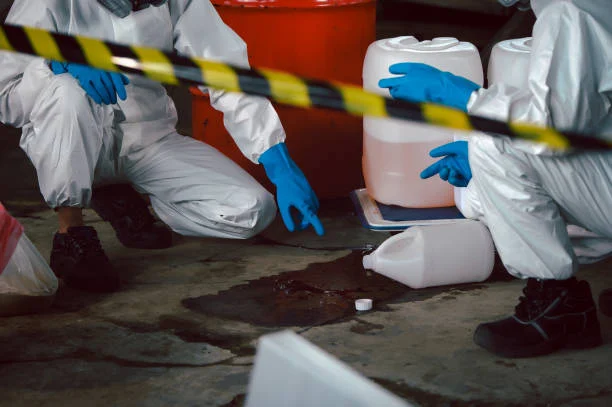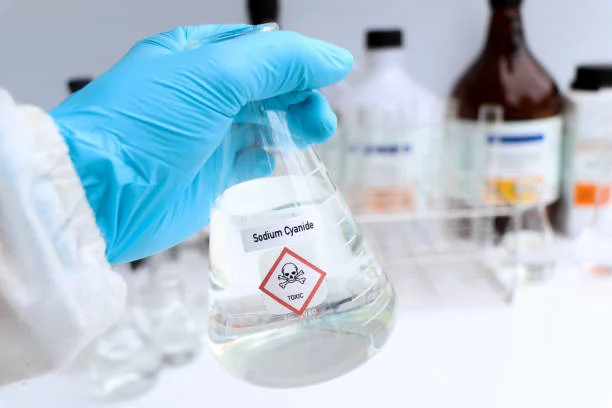Sodium cyanide, a highly toxic inorganic compound, poses significant health risks if mishandled. It is crucial for individuals and organizations that work with this substance to understand its dangers and implement effective safety measures to prevent poisoning. This article outlines the key hazards associated with Sodium cyanide and provides comprehensive strategies to mitigate the risks of exposure.
What is Sodium Cyanide?
Sodium cyanide (NaCN) is a white, water-soluble salt that is primarily used in mining, particularly in the extraction of gold and silver. It is also utilized in various industrial processes, including electroplating and the production of certain chemicals. Despite its industrial utility, Sodium Cyanide is notorious for its potential to cause severe poisoning, which can be fatal if not addressed promptly.
The Dangers of Sodium Cyanide
Sodium cyanide releases cyanide ions (CN-) when dissolved in water, which can lead to the formation of Hydrogen cyanide gas (HCN) when it comes into contact with acids or moisture. Inhalation, ingestion, or dermal exposure to sodium cyanide can result in acute poisoning, characterized by symptoms such as headache, dizziness, confusion, and respiratory distress. Chronic exposure, although less common, can lead to long-term health issues, including thyroid dysfunction due to the accumulation of thiocyanate in the body.
Preventive Measures Against Sodium Cyanide Poisoning
To safeguard against the risks associated with sodium cyanide, several preventive measures should be adopted:
1. Safe Handling and Storage
Avoid Inhalation and Skin Contact: During transportation, storage, and use, it is imperative to avoid inhaling solid cyanide dust. Workers should wear appropriate personal protective equipment (PPE), including masks and gloves, to prevent skin and respiratory exposure. Regular training on the proper handling of sodium cyanide is essential to ensure that all personnel are aware of the risks and safety protocols.
Proper Storage: Sodium cyanide should be stored in a cool, dry place, away from incompatible substances such as acids and moisture. Containers must be clearly labeled, and access should be restricted to trained personnel only.
2. Preventing Chemical Reactions
Avoid Contact with Water and Acids: It is critical to prevent sodium cyanide from coming into contact with water, acids, or weakly alkaline substances, as these can generate hydrogen cyanide gas. Facilities should be equipped with appropriate containment systems to manage spills and prevent accidental reactions.
Sealed Equipment: Equipment that may produce hydrogen cyanide gas should be sealed and equipped with negative pressure ventilation systems. Regular maintenance and inspections are necessary to ensure that these systems are functioning correctly.
3. Waste Management
Treatment of Cyanide-Containing Wastewater: Wastewater that contains cyanide must be treated to neutralize the toxic compound before it can be discharged into the environment. Facilities should have a robust wastewater treatment plan in place, and regular monitoring should be conducted to ensure compliance with environmental regulations.
Prohibition of Eating and Drinking: To prevent accidental ingestion of cyanide, eating, drinking, or smoking should be strictly prohibited in areas where sodium cyanide is present. Clear signage should be posted to remind workers of this policy.
4. Process Improvements
Automation and Mechanization: Upgrading production processes to incorporate mechanized and automated systems can significantly reduce the risk of direct contact between workers and sodium cyanide. This includes using automated feeding systems and remote handling technologies.
Emergency Preparedness: Facilities should maintain a stock of emergency medications, such as hydroxocobalamin, which can be used to treat cyanide poisoning. All personnel should be trained in emergency response procedures, including how to recognize symptoms of poisoning and administer first aid.
Recognizing Symptoms of Poisoning
Awareness of the symptoms of sodium cyanide poisoning is crucial for early intervention. Acute poisoning can manifest as:
Headache
Dizziness
Confusion
Shortness of breath
Nausea and vomiting
Loss of consciousness
Chronic exposure may lead to more subtle symptoms, including:
Persistent headaches
Fatigue
Coordination difficulties
Thyroid dysfunction, characterized by symptoms of hypothyroidism such as weight gain, cold intolerance, and depression.
Conclusion
Sodium cyanide is a valuable industrial chemical, but its potential for harm cannot be underestimated. By implementing stringent safety measures, including proper handling, storage, waste management, and emergency preparedness, organizations can significantly reduce the risk of sodium cyanide poisoning. Continuous education and training for all personnel are essential to foster a culture of safety and ensure that everyone is equipped to respond effectively in the event of an emergency. Understanding the dangers and taking proactive steps can protect workers and the environment from the risks associated with this hazardous substance.
- Random Content
- Hot content
- Hot review content
- Anionic/Cationic Polyacrylamide Flocculant PAM
- Magneto Electric Detonator(Anti stray current)
- Food Grade Heavy Light Precipitated Calcium Carbonate Powder Granular 99%
- lithium Carbonates 99.5% Battery Level or 99.2% Industry grade 99%
- Caprylic/capric triglyceride
- Fuel Additive Octane Value Booster Ferrocene
- Ethylene carbonate
- 1Discounted Sodium Cyanide (CAS: 143-33-9) for Mining - High Quality & Competitive Pricing
- 2China's New Regulations on Sodium Cyanide Exports and Guidance for International Buyers
- 3Sodium Cyanide 98% CAS 143-33-9 gold dressing agent Essential for Mining and Chemical Industries
- 4International Cyanide(Sodium cyanide) Management Code - Gold Mine Acceptance Standards
- 5China factory Sulfuric Acid 98%
- 6Anhydrous Oxalic acid 99.6% Industrial Grade
- 7Oxalic acid for mining 99.6%
- 1Sodium Cyanide 98% CAS 143-33-9 gold dressing agent Essential for Mining and Chemical Industries
- 2High Quality 99% Purity of Cyanuric chloride ISO 9001:2005 REACH Verified Producer
- 3Zinc chloride ZnCl2 for High Molecular Weight Polymers Initiator
- 4High Purity · Stable Performance · Higher Recovery — sodium cyanide for modern gold leaching
- 5High Quality Sodium Ferrocyanide / Sodium Hexacyanoferr
- 6Gold Ore Dressing Agent Safe Gold Extracting Agent Replace Sodium Cyanide
- 7Sodium Cyanide 98%+ CAS 143-33-9











Online message consultation
Add comment: